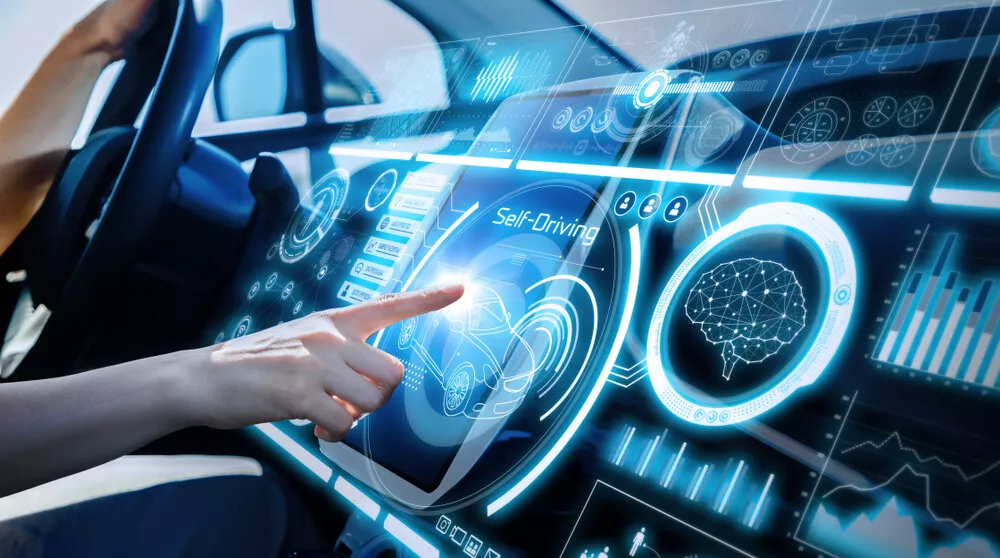Insights from the Girard School of Business and the School of Science and Engineering
Collecting car data generates an enormous amount of information that, if shared, can lead to improvements in the driving experience and overall traffic patterns. Modern, connected cars can share data with other vehicles, the manufacturers and third-party service providers. But what goes into collecting car data, and how is it used? That’s a question many drivers have. It’s also an area of interest for data scientists who play an important role in both how the data is collected and how it is used. It’s yet another area where those with a master’s degree in data science can find employment and perhaps build a career.
What Cars Collect Data?
Collecting data from cars is a relatively new innovation. Automakers can now collect information because of Internet connections, cameras and sensors built into modern cars. It’s not an issue if you drive a car from several years back. Only about one in five cars were built with the ability to collect data by manufacturers in 2016, according to the Chicago Tribune. However, by 2020, that number will reach three out of four. General Motors accounts for the most connected cars, followed by German car companies BMW, Audi, and Mercedes Benz. By far the biggest market for connected cars is in China, with the United States second, followed by Germany and the United Kingdom.
Type of Data Collected
The type of data collected in cars varies by the manufacturer and model, according to Consumer Reports. It can include obstacle data used for automatic braking and forward-collision avoidance, movements through toll detectors that can be shared with law enforcement, the data feed from your car’s computer system, and driver-facing cameras that send alerts if the driver begins to nod off.
On-board diagnostic ports also collect data. These are typically used by mechanics to figure out what is wrong with a car when the “check engine” light comes on. Driving information sent from this port to insurance companies can lead to lower rates because it provides information on your driving habits.
Who Controls the Data?
As every data scientist knows, privacy is an issue with almost every facet of data science. Currently, the law in the U.S. is not entirely clear about who owns the data collected from a car. However, in 2014, most of the major car companies signed an agreement stating that they would not share any car data without the owner’s consent, according to the Tribune. However, this agreement did not include contacting emergency services or data used for internal research by manufacturers.
How Data Is Used
There are many different reasons for collecting car data. The potential uses revolve around the idea that analyzing vast amounts of data can help improve driving for the individual as well as make overall traffic safer.
Data from cars can potentially be used to:
- Advise drivers on the safest route to follow, avoiding traffic jams
- Monitor mechanical parts and advise drivers when they need maintenance
- Automatically pay for parking or tolls
- Contact emergency services in case there is an accident
- Enable insurers to charge lower premiums
- Open the car remotely if the driver gets accidentally locked out
These are some of the issues around collecting car data. For the public, it’s an ongoing debate to find a level of comfort between improving the driving experience and protecting their privacy. For data scientists, it’s an interesting field that looks to expand in the coming years.
